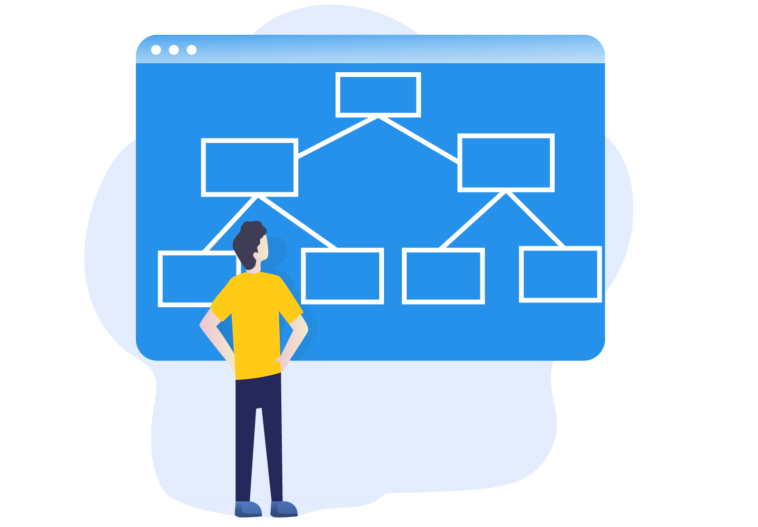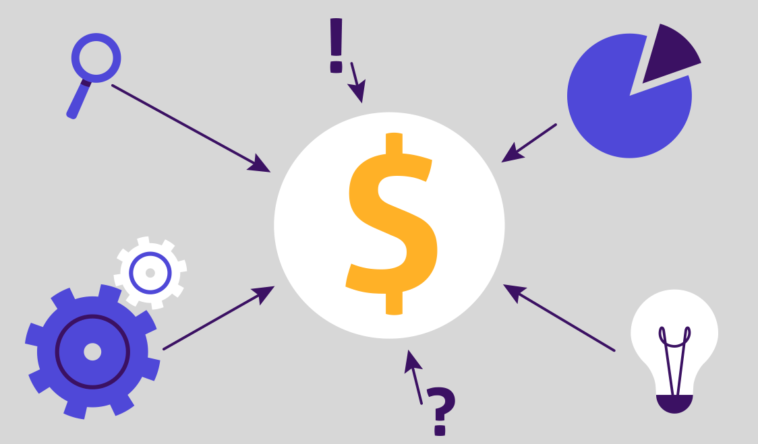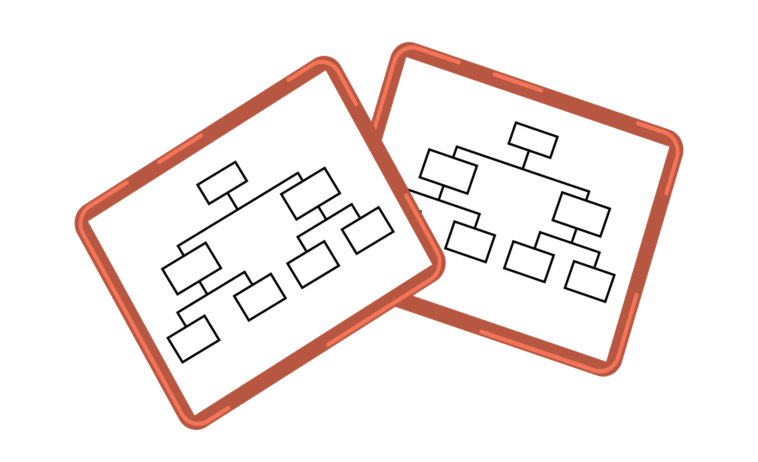Any aspiring consultant probably knows how an interview for a big consulting firm looks like. There are some similarities with how interviews are generally held, but there’s a good deal of very specific challenges as well.
Becoming a consultant isn’t easy, as it’s one of the most competitive industries at the moment. It’s also among the most profitable ones.
So it’s no surprise that there are so many hurdles in a prospective consultant’s path. One of those hurdles is case interviews. They’re imaginary business problems that a potential candidate has to solve. By doing so, they show they’re consultant material, and that they have all the necessary skills to advise future clients.
Case interviews can get rather complicated. They put the candidate to the test on the spot, and there’s more than a small amount of pressure involved. On top of that, you need to check the approach for a case interview. For that very reason, we have case interview frameworks.
Let’s dive in and see what those frameworks are and if they can really help you.
An Introduction to Case Interview Frameworks

Simply put, case interview frameworks are methods of approaching business problems using defined structures. You take a certain problem and break it down into smaller, more fundamental bits. Only then can you actually start fixing the problem itself.
We could technically divide the frameworks into two groups: pre-existing frameworks and custom-made frameworks.
The difference between the two can make or break your case interview, so let’s see what’s so important about them. We’ll start with the pre-existing frameworks.
The Profitability Framework
One of the common case interviews involves presenting the candidate with a hypothetical situation in which the business is losing money. In other words, it’s not profitable.
The profitability framework dictates you should break down profits into revenue and cost segments. Then you can analyze those two separately.
You can further divide the revenue into unit costs and the number of units sold. Cost breaks down into variable and fixed costs, and variable costs can additionally be divided into the number of units produced and the cost per unit.
Using this framework, you can dissect a problem a business is having and measure all its parts individually.
The Pricing Framework

The biggest challenge that many businesses face is what to charge for their product or service.
The pricing framework can help you solve the issue of pricing by focusing on cost-based, value-based, and competitor-based factors.
The cost-based factor is concerned with fixed price allocation and the cost and number of units produced and sold.
The value-based factor, as its name suggests, takes the intrinsic value of a company’s product into consideration. In other words, it determines what the price of the next best product is, what’s unique about a company’s product, and the value of the unique features.
As you would expect, the competitor-based factor takes the price of your competitor’s similar product.
You then combine all of the aforementioned factors into one, single overall strategy for the business you’re trying to help. Given all those factors, what’s a reasonable pricing strategy? Can you upsell products? Is there potential for selling different versions of the same product? These are all the questions that come to mind once you have your overall strategy at the ready.
Market Entry Framework
Market entry framework, as its name suggests, helps you decide if a company should enter a new market. It can be a new market geographically or simply a different kind of market (e.g. iPhone begins producing clothes).
First, you need to take a good look at the market. What are its characteristics? How about competition, regulation, market size, etc?
After that, ask yourself if the business in question has the resources to enter such a market. That includes both the business’ previous experience with new markets and financial resources.
You should determine the entry strategy as well. Consider the time of market entry as well as the speed of market penetration.
Porter’s 5 Forces

Porter’s 5 forces are customers’ bargaining power, suppliers’ bargaining power, the threat of substitutes, the threat of new entrants, and existing rivals.
This framework explores the dynamics of various industries. It’s not really surprising that there are industries and markets that are very difficult to get started in, as opposed to those that pose no challenge at all.
Porter’s 5 forces is quite an elaborate framework, and worthy of its own book. In short, you need to think about substitutes for potential products, the risk of getting more competition, and the bargaining power of both suppliers and buyers.
Of course, besides the potential for new competitors, you need to think about the existing ones as well and how much of a threat they pose.
The Problem with Pre-Existing Frameworks

While reading and learning a couple of case interview frameworks can be useful, you shouldn’t solely rely on them. The reason for that is quite simple, really.
Problems that businesses face are quite unique and it’s not right to try to force them into a single framework. Not only is it not right but it’s also not possible.
Your solution won’t be good enough if you just try to memorize all frameworks and then try to fit the issue that’s posed to you in any single one of them.
Your interviewer also knows all the frameworks. And when they notice you’re trying to force a pre-existing solution, they won’t like it one bit.
Remember, the purpose of the case interview is not to remember a bunch of information by heart. It’s to show how quick and capable you are at coming up with solutions to problems. To show that you can think out-of-the-box and provide unique ideas. Frameworks are none of those things and might cost you the entire interview and your future job.
Instead, learn how to think like a consultant. What you do need to remember from all those frameworks is how to fragment a larger problem into smaller bits. When you apply a similar line of thought to all your practice cases as well as the real ones, you’ll actually be able to find a unique and tailored solution to a problem.
To Conclude
Frameworks are there to teach you some of the basic thought processes that can help you solve case interviews.
Don’t just memorize them as-is and hope to win a position at one of the top consulting firms in the industry. It’s just not going to work.
Instead, learn how to make your own custom frameworks by thinking like a consultant. Crack the case using your own solution and you increase the odds of landing the job that you so crave.





